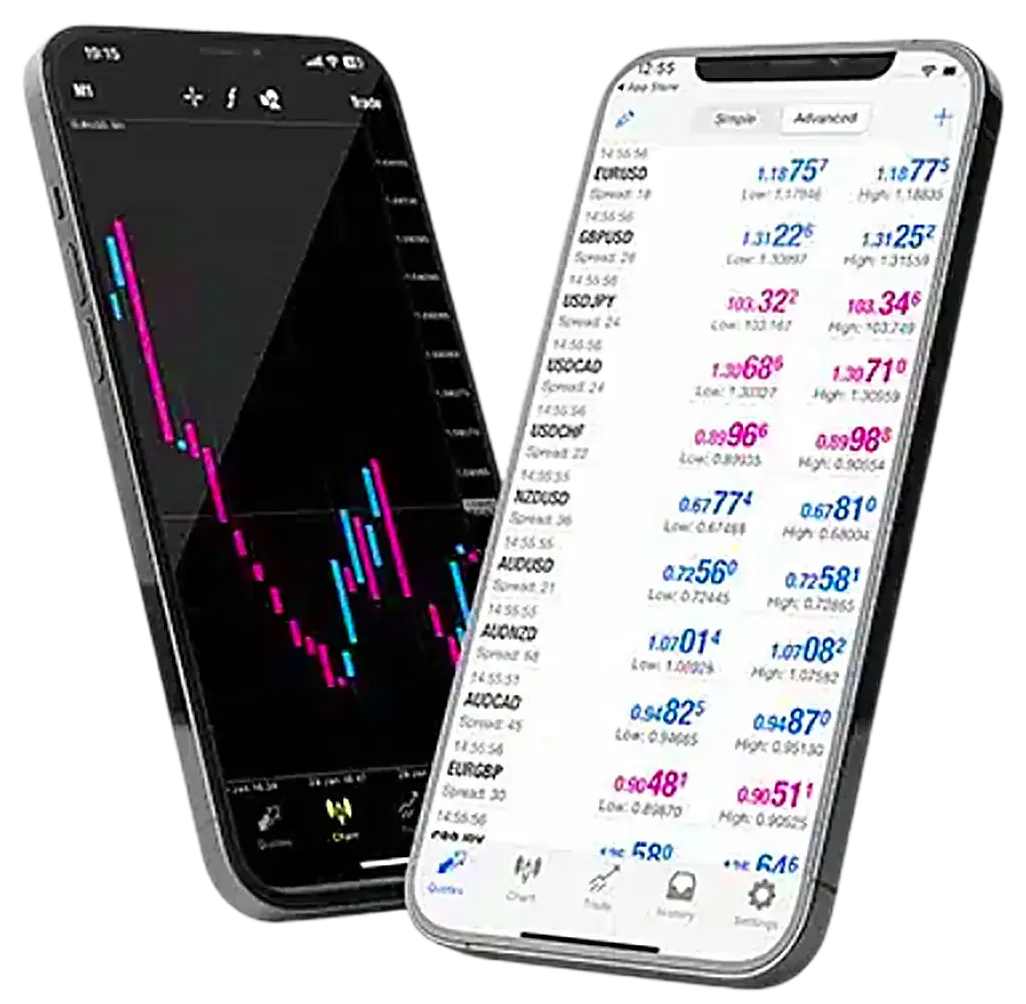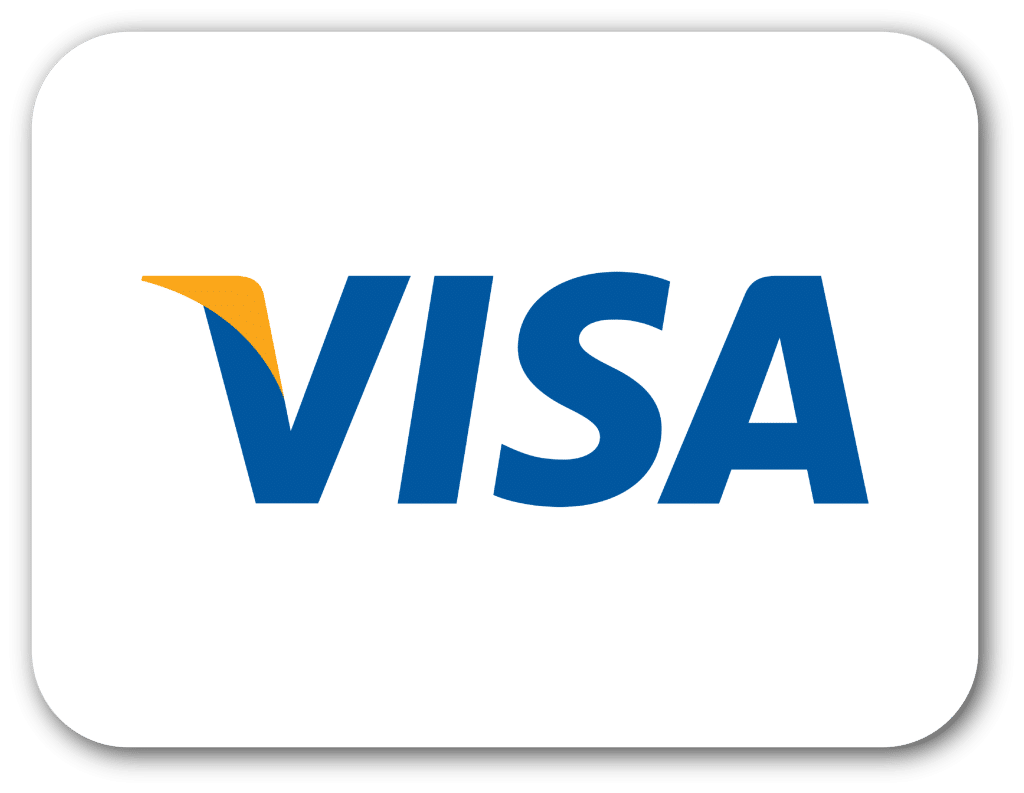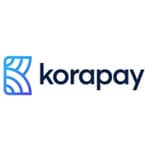- Giao dịch
Brokerage Accounts
Trading Services and Programs
- Funded Trading
- TenAcademy
- Partners
Đối tác
- Company
Who is Tentrade?
 MenuMenu
MenuMenu

Learning how to trade forex opens the door to one of the world’s most exciting financial markets. With currencies constantly moving, traders have endless opportunities to profit—if they know what they’re doing. Whether you’re a beginner or just curious, understanding the basics is your first step toward becoming a confident and active trader. Ready to start your journey into forex trading? Keep reading and discover how to trade forex successfully—your future in trading starts now with TenTrade!

Forex trading offers exciting opportunities, but it’s not without risk. Jumping in without understanding the market can lead to costly mistakes. That’s why learning the basics and building a solid foundation is key. The more prepared you are, the better your chances of making smart, confident decisions.
Here are a few important things to know before placing your first forex trade:
Here are the forex trading steps which will prepare you for your first trade.

Before diving into forex trading, it's important to understand the essentials of the market to avoid costly mistakes. Here's what you should know about how forex trading works and some trading strategies:
If you want to know more about forex trading, start reading this forex page.
Here’s what to consider when choosing your forex broker and a forex trading platform:
TenTrade stands out as a trusted forex broker with fast execution, excellent support, and a platform designed for traders at all levels. Moreover, we offer you trading knowledge and tips on trading discipline.
The forex market can change rapidly, so having a solid plan for when to enter and exit trades is crucial. To help manage your risk, there are different types of orders you can use:
Using these tools wisely lets you control losses and secure gains, making your trading journey safer and more predictable..
Closing a trade means ending your open position in the forex market—either selling what you bought or buying back what you sold. This locks in your profit or stops further losses. Here's when to do it:
Knowing when it’s time for opening and closing positions helps you control risk, protect profits, and stay disciplined in your trading approach. Always do a technical analysis before and do not let the market sentiment affect you.
Preparing a trading plan is essential for consistent success in forex trading. Here’s how to create a forex trading strategy that works for you:
A solid trading plan keeps your decisions disciplined and helps you stay focused on your goals.
Once you’ve analyzed the currency pair, you’ll decide whether to buy or sell.
Monitoring your forex position is key to managing risk and maximizing profits. Here’s how to keep track effectively:
By actively monitoring your positions, you can respond quickly to market moves and protect your capital more effectively.
Imagine you want to trade the EUR/USD currency pair using a CFD (Contract for Difference) on a forex platform. Suppose EUR/USD is currently priced at 1.2000, and after analyzing the market, you believe the price will rise. You decide to buy (go long) one CFD contract. If the price moves up to 1.2100, you can sell currencies contract and earn the difference—100 pips—without actually owning the currencies.
CFD trading allows you to profit from price changes without physically buying the underlying asset, making it easier to trade forex pairs with leverage. However, remember that while profits can be amplified, losses can also grow quickly, so risk management is essential.
You can start trading forex with a small amount, often as low as $100, but having more capital gives you better flexibility and risk management options.
Begin by choosing a reputable broker, opening a demo account to practice, learning the basics, and then gradually move to live trading when you feel confident.
Yes, anyone with internet access can get access to the foreign exchange market, but success requires education, discipline, and a clear strategy for the forex market.
The best forex trading strategy depends on your style—some prefer trend following, others focus on scalping, news trading or opposite trade; consistency and risk management matter most.
Forex offers high liquidity. Moreover, the forex market operates 24/5 and the potential for profit in rising or falling markets in currency trading but not only make it an attractive option for traders worldwide. Keep in mind though that a the foreign exchange market is volatile, so a currency pair might fall down the next week.
The most popular forex pairs to trade are the major ones like EUR/USD, GBP/USD, and USD/JPY (Japanese Yen). They offer high liquidity, low spreads, and consistent market movement—great for both beginners and experienced traders. Always check the currency pair’s price and the history of currency price movements before you start trading forex.
A forex quote shows two currencies: the base currency and the quote currency. For example, in EUR/USD = 1.1200, 1 euro (base) is worth 1.1200 US dollars (quote). If the price goes up, the base currency is gaining value.









MIỄN TRỪ TRÁCH NHIỆM CFDs thường là các sản phẩm có đòn bẩy. Giao dịch OTC cho sản phẩm CFD gồm hàng hóa, ngoại hối, chỉ số và cổ phiếu,có mức độ rủi ro cao và có thể dẫn đến mất tất cả khoản đầu tư của bạn. Do đó, CFD có thể không phù hợp với tất cả các nhà đầu tư. Bạn không nên đầu tư số tiền mà bạn không chấp nhận bị thua lỗ. Trước khi quyết định giao dịch, bạn nên biết tất cả các rủi ro liên quan đến giao dịch OTC CFD và tìm lời khuyên từ một cố vấn tài chính độc lập và được cấp phép phù hợp.Hiệu suất trong quá khứ không phải là một chỉ số đáng tin cậy về kết quả trong tương lai. Các dự báo trong tương lai không phải là một chỉ báo đáng tin cậy về hiệu suất trong tương lai. Thông tin chung và / hoặc các khuyến nghị do Công ty cung cấp không nên được hiểu là lời khuyên đầu tư. Để biết thêm thông tin, vui lòng truy cập Chính sách Tiết lộ Rủi ro Chung của chúng tôi.
Disclaimer: Information on this site is not directed at residents in any country or jurisdiction where such distribution or use would be contrary to local law or regulation
TenTrade is a brand name of Evalanch Ltd (hereinafter the “Company”) which is Licensed and regulated by the Seychelles Financial Services Authority with license number SD082.
Evalanch Ltd, with registration number 8429760-1, has its office registered at CT House, Office 9A, Providence, Mahe, Seychelles

Copyright ©2025 TenTrade. All rights reserved.